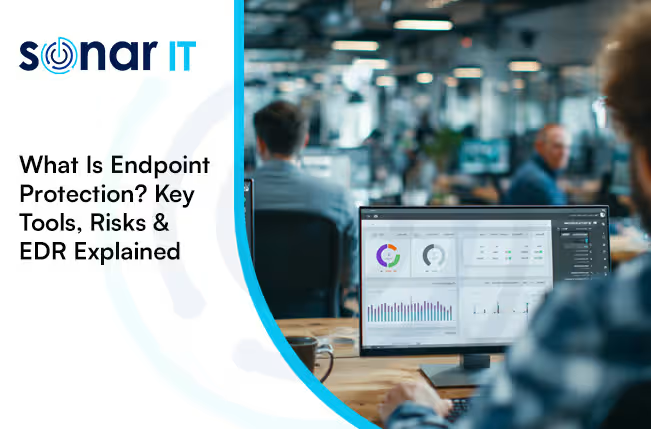Microsoft blocks 1,000 malicious emails a second
Microsoft Blocks Billions of Malicious Emails in 2021 — Is Your Business Secure?
Microsoft recently revealed a staggering statistic: over 35.7 billion malicious emails targeted its customers last year alone. Thankfully, Microsoft’s security systems blocked an average of 1,000 malicious emails every second throughout 2021 — that’s protection running 24/7 for 31.5 million seconds!
The Rising Threat of Phishing and Brute Force Attacks
A significant portion of these attacks came in the form of phishing emails — deceptive messages designed to trick recipients into clicking harmful links that can install malware on devices or even across entire corporate networks.
In addition, Microsoft thwarted 9.6 billion brute force attack attempts in 2021. Brute force attacks involve hackers systematically guessing login credentials, aiming to break into accounts and steal sensitive data.
Why Microsoft Alone Can’t Fully Protect Your Business
While Microsoft’s security measures act like a digital shield for millions of users, businesses can’t rely solely on these defenses. Attackers often succeed because many companies and employees do not take basic precautions to secure their accounts.
Common vulnerabilities include:
- Using the same password across multiple accounts
- Choosing weak or easily guessable passwords
- Neglecting to implement multi-factor authentication (MFA)
Is Your Business Vulnerable to Credential Theft?
If your team is still using simple passwords or the same credentials for multiple apps, your business is at risk. The good news? There’s a simple, low-cost security solution you can implement immediately: multi-factor authentication (MFA).
What is Multi-Factor Authentication (MFA), and How Does It Help?
MFA adds an extra layer of protection by requiring a second form of verification when logging in. Typically, this means after entering your password, you’ll need to provide a one-time code sent to your phone or generated by an authentication app.
Here’s why MFA is so effective:
- Codes are single-use and time-limited, so even if intercepted, they can’t be reused
- Only the account owner can access the code (via phone, email, or authenticator app)
- MFA dramatically reduces the chance of unauthorized access, even if passwords are compromised
You likely already use MFA with your online banking — but it should be standard across all business applications and accounts.
Additional Security Measures to Strengthen Your Defenses
Beyond MFA, consider implementing these best practices:
1. Use Password Managers
Password managers generate strong, unique passwords for every account and store them securely, encrypted behind a master password. This eliminates the need to remember multiple complex passwords and reduces the risk of password reuse.
2. Enable Biometric Authentication
Biometric logins — such as Face ID or fingerprint scanners — add another secure and convenient way to protect devices and applications.
Secure Your Business Today
Cybercriminals are constantly evolving their tactics, but many successful attacks still exploit basic security oversights. By adopting multi-factor authentication, using password managers, and enabling biometric logins, your business can significantly reduce the risk of breaches.
Need help setting up MFA or strengthening your company’s security posture? Contact us today for expert advice and support tailored to your business.
.svg)






